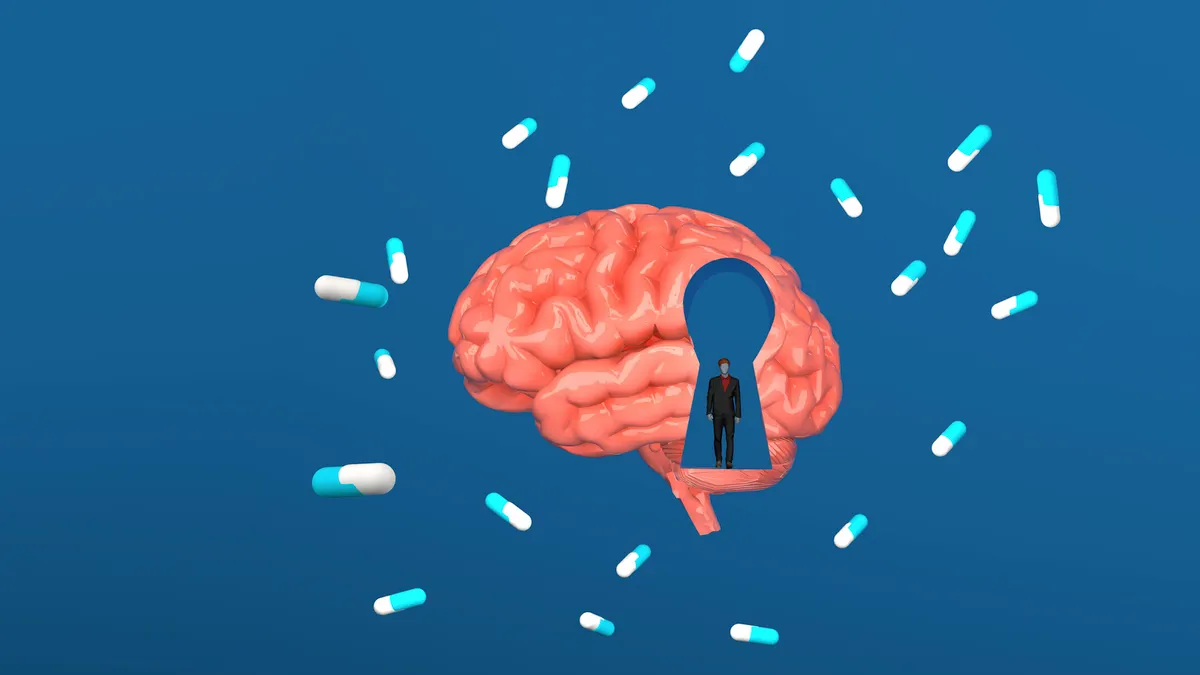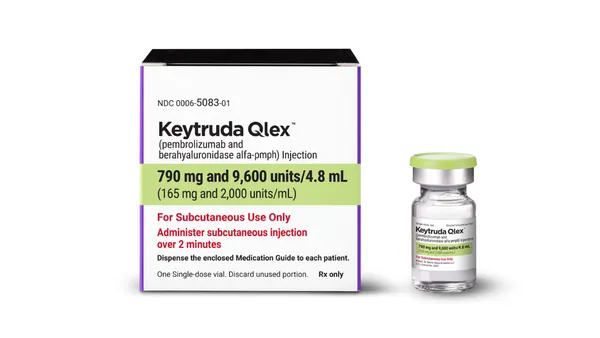Patients, Not Just Physicians, Need Continuing Education A knowledgeable patient needs to become the norm, and effective education can improve the overall quality of his or her healthcare treatment. Trapezoid Healthcare Communications LLC Alan Toltzis, President What Good is Medicine That Collects Dust on a Shelf? Most people with medical conditions either don’t know they have the disease or are in the know but haven’t taken the right steps toward treatment. For example, according to statistics, 75% of patients with high blood pressure simply do not take action. The No. 1 killer of women is heart disease, not breast cancer, as one might assume. Compared with men, twice as many women die each year from myocardial infarction. In many cases, women don’t recognize the signs, therefore they delay seeking treatment and wait longer for treatment in the emergency room. The stigma surrounding mental illness has diminished somewhat, but mental-health problems are still underdiagnosed. For example, only about 20% of patients who suffer from depression are ever diagnosed. The costs associated with untreated depression amount to almost $40 billion annually. Another startling statistic is that most patients who seek treatment for ADHD don’t return for another prescription because they are convinced that the medication isn’t working. If patients were properly counseled beforehand, they would know that a delayed response to the medication is a natural part of the titration process. The bottom line, however, is patients are not receiving the information that they really need, and it’s not because physicians lack the right tools and skills for an effective diagnosis or that the right treatments aren’t out there. As Dr. C. Everett Koop once eloquently stated, “Drugs don’t work in patients who don’t take them.” The fact is patients must initiate care by seeking help. The best healthcare always starts with the patient; something the healthcare industry often overlooks. Fumbling the Handoff A physician or specialist may make a correct diagnosis and give the patient the right prescription, but it’s the patient who controls what happens next. Overuse, underuse, and erratic use of medication are common. Almost 2 billion prescriptions are written each year and 50% of those prescriptions are either not filled or are taken incorrectly. Even in the cases of chronic conditions, there are still so many ways in which the most dedicated patient has the potential to drop the ball. Soliciting Patient Participation Medical schools are now focusing on treating the patient rather than the disease because they recognize this population as more than a constellation of signs and symptoms. There’s no such thing as a typical patient; each patient requires a tailored healthcare treatment program that fits his or her unique needs. Even with managed-care constraints, physicians can provide a level of individualized service by embracing patient education. Patient education serves many purposes depending on the method, time, and target of delivery. Patient education can: • Make patients aware of a condition so that they can be diagnosed and treated; • Help patients get the appropriate treatment for their condition; • Provide support for caregivers; and • Improve patient compliance. Effective patient education improves the overall quality of healthcare. An informed and motivated patient can actively participate in his or her own treatment process. Patients will make the best use out of the precious moments they spend with their physician during a routine office visit by asking questions and communicating important information, medical or otherwise, that could potentially impact their treatment. The key is collaboration with the physician. The industry needs to develop communications tailored to the concerns of patients at different stages of the continuum: trial, adoption, compliance, and persistence. The same amount of discipline that the industry devotes to physician communications needs to be brought to patient communications. It is vital that the industry looks beyond statistics so that marketers see the patient, not the disease. Too many times clinical information and rigid methods of communication are ignored by the patient. Effective education must inform, motivate, and teach patients how to change their behavior for their own long-term benefit. Because of this, key messages must be presented in a fun and entertaining way for patients who are unlikely to respond to “boring” technical information. The Bottom Line Education can have a tremendously positive impact on the lives of patients. Patient education also makes sound financial sense. Bad information or no information leads to noncompliance and noncompliance increases hospital visits by 10%, costing $15 billion annually. Effective patient education expands the patient pool and increases compliance. The proper use of pharmaceuticals by the patient should result in better outcomes and a better perception of a medication’s efficacy. Thoughtful, effective education is healthy for patients and companies. A patient who is versed in the aspects of his or her condition must become the norm. It’s time the industry acknowledges this reality. Patient Communications Trapezoid Healthcare Communications LLC, Yardley, Pa., is a full-service healthcare communications agency and a division of Axis Healthcare Communications LLC. For more information, visit trapezoidhc.com. March 2006 VIEW on Advertising
An article from


Patients, Not Just Physicians, Need Continuing Education
Filed Under:
Commercialization









